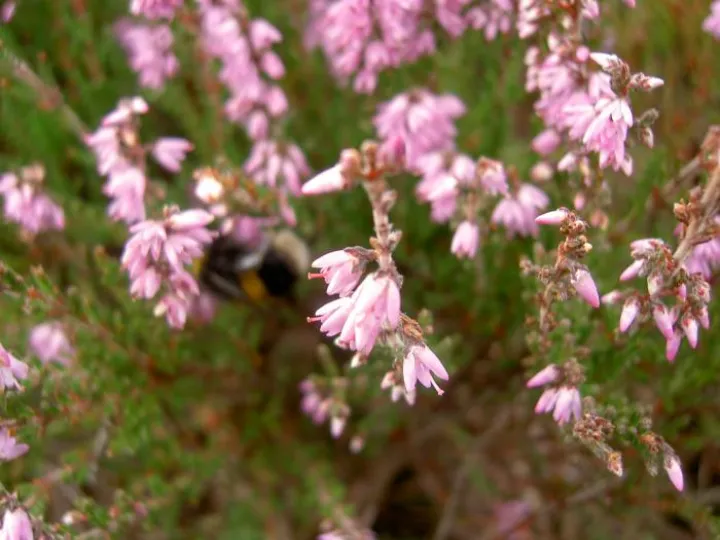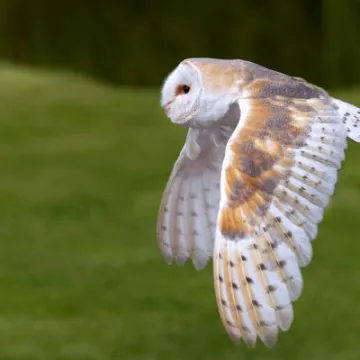Wildlife
The Cheshire Sandstone Ridge is home to an amazing variety of wildlife. Its hills and slopes support a mosaic of woodland, open heath and pockets of species-rich grassland, flanked by meres and mosses. A field pattern of hedgerows studded with oak trees and ponds gives way on the higher ground to sandstone walls, that link the whole together.
Compared with the surrounding Cheshire plain, the Ridge has a strong woodland character with around 13% of its area clothed in woodland of varying types. Broadleaved and mixed woodland, with some trees reaching large sizes, grow on its steep slopes. Peckforton Woods still retains the largest tract of sessile oak in Cheshire, where you might see bluebells, pied flycatchers, wood warbler and redstarts. Elsewhere, large blocks of commercially managed conifers grow on gravelly soils on the eastern slopes of the slopes, including the former medieval Royal Forest of Delamere, which once covered a vast area of Cheshire.
Open lowland heath of purple heathers, yellow gorse and green bilberries is a scarce habitat nationally, but still thrives at Bickerton Hill and Little Budworth Common. Search hard and you might see sundews, tree pipits, common lizards and green hairstreak butterfly on these fragile and specialised habitats, and even adders and nightjars.
Small pockets of flower-rich grassland survive along river valleys and steep or inaccessible land scattered throughout the Ridge. These typically contain a rich variety of native grasses such as meadow fescue, crested dog's-tail and sweet vernal grass, interspersed with colourful wildflowers including bugle, betony, knapweed and bird's-foot trefoil. Specialist grassland birds like grey partridge, lapwing, skylark and snipe still breed locally, whilst barn owls hunt silently overhead.
The area supports an internationally important assemblage of meres and mosses, created at the end of the last Ice Age by the retreating ice sheets. Over many thousands of years, some of these ancient pools have developed into mosslands with Sphagnum bog mosses, cotton-grass, bog-rosemary and cranberry. These wetlands attract a wide range of damselflies and dragonflies, including white-faced darter, downy emerald and black darter.
You can learn more about each of these wonderful habitats and the wildlife they support in our leaflets:
Broadleaf woodland
Meres and mosses
Lowland heath
Species-rich grassland

Sandstone Ridge Trust
Registered Company No. 7673603
Registered Charity No. 1144470
info@sandstoneridge.org.uk



